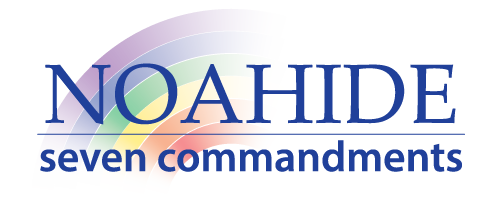Ó
Copy Right 2022
Rabbi Dr Zvi Aviner
IDOLATRY-1/
The Prohibition of IDOLATRY in Moses’ Ten Commandments
The first time that the prohibition oof IDOLATRY appears in the Torah
as a Commandment, is in Moses’ Ten Commandments where it says:
Moses’ First Commandment
- I Am (Essence)
- YHVH (Lord) your EeLoHiM (G-d) (Attributes)
- Who took you out of Egypt Land (Kingship)
…………………………………….
Moses’ Second Commandmnt
- Thou shall not have for yourself
- other EeLoHiM (G-ds)
- Over My Face
- Thou shall not make for yourself a carved image…
- Thou shall not bow to them
- Nor serve them…. ( Exodus 20; 1-4)
While the First of the Ten Commandments presents G-d, whom we should worship,
the Second of the Ten presents the IDOLS, whom we should worship not.
TWO SIDES OF THE SAME COIN
In fact, those two Commandments are two sides of the same issue.
It is not enough to recognize and worship the True G-d of Israel,
It is also important to avoid worshipping idols.
And it is not enough to avoid worshipping idols,
It is essential that one would also recognize and worship the True G-d of Israel.
Note that Moses does not leave here an option of worshipping no one.
Man, according to Moses, is destined to face a fierce spiritual battle:
Either believe in (and worship) G-d – presented in the First Commandment,
or fall a prey to the idols mentioned in the Second Commandment.
VIOLATING THE FIRST, IS A SORT OF IDOLATRY
Since the Speaker of the Ten Commandments, G-d,
presents Himself here in this particular way, using specific names,
it means that He expects us to KNOW and UNDERSTAND those names,
and use them when we address Him in our prayers and blessings.
Violating the holiness of these Names, or mispronounce them,
or believing in one name over the other,
would be tantamount to a sort of IDOLATRY.
Let’s therefore begin our journey into the IDOLATRY Commandment
by first studying Moses’ First of the Ten Commandments,
learning about G-d’s names and titles as they appear here,
then move on to Moses’ Second Commandment and focus on the IDOLS.
So, looking at the First Commandment,
Who is YHVH – translated Lord?
Who is EeLoHiM – translated G-d?
Note: from hereon, we’ll use the abbreviated form ELKM instead of EeLoHiM.
Rashi explains:
ELKM stands for the Attribute of JUSICE, Dayan, (Exodus 20:1)
YHVH stands for the Attribute of MERCY, Hessed, (Exodus 34:6)
Hence, in the First of the Ten Commandments,
Line 1, the ‘I Am’, presents the Self, the Essence of the Speaker,
Line 2, YHVH and ELHM are Attributes of the Self,
Line 3, describing G-d’s deeds in history, is called Kingship.
So what exactly are these two Attributes in Line 2?
Moses does not elaborate on them here.
He assumes that we, the readers, are already familiar with them
from Genesis Chapter One, where they are first introduced.
Let’s then go to Genesis Chapter One and ask: Who is ELKM?
